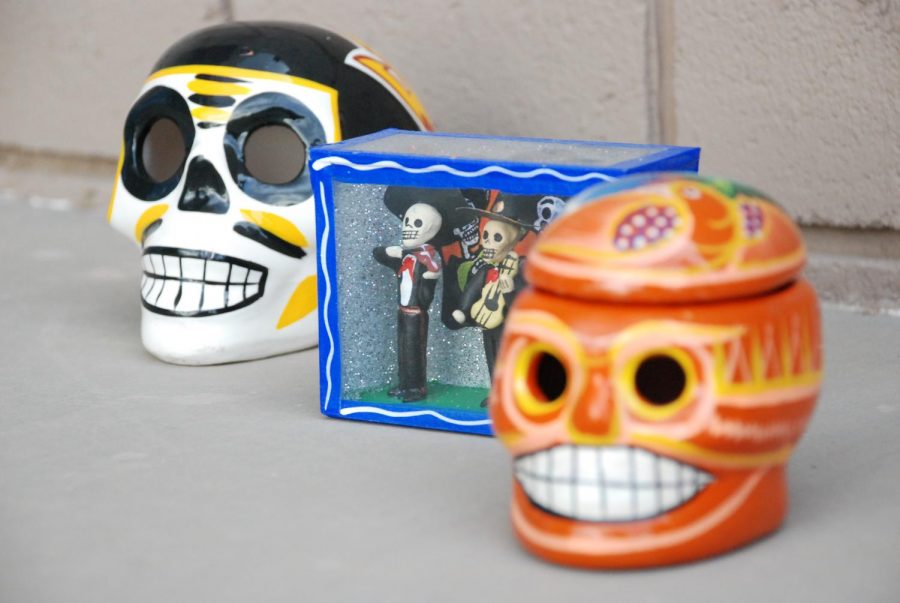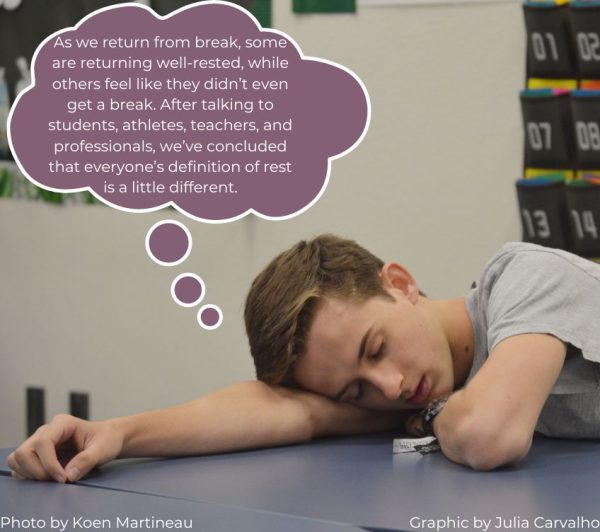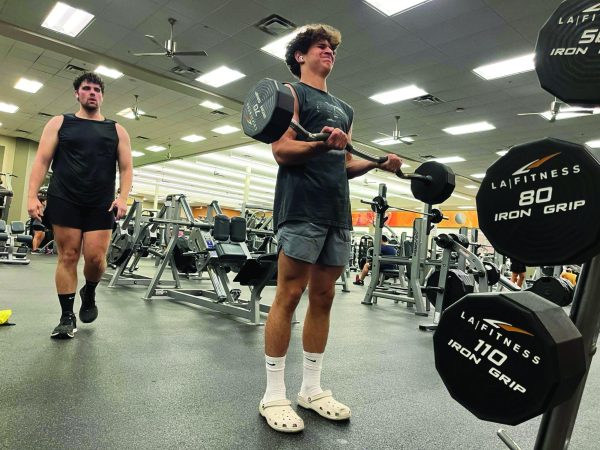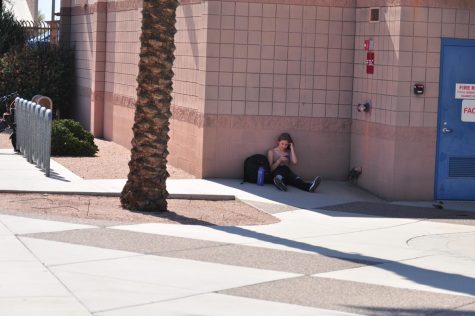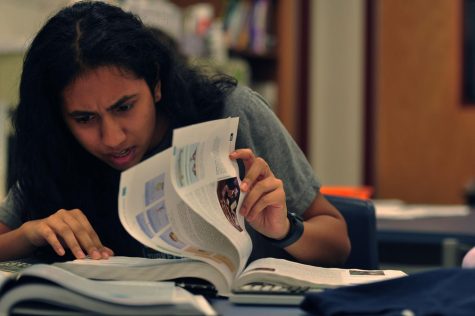Dia de los Muertos: cultural beauty behind death
The pictured calaveras are displayed in a Spanish teacher’s room. In Mexican culture, they are used to honor the deceased.
Dia de los Muertos, or the Day of the Dead, is a Mexican holiday that honors deceased family members typically celebrated on November 1 and 2. A huge celebration is dedicated to the lives of the passed instead of mourning their death.
Calacas and calaveras, skulls and skeletons, are icons in Day of the Dead celebrations. They are found everywhere from candies to dolls. Family members often create altars to honor their deceased that include offerings, such as their favorite foods and candles.
Spanish teacher, Esteban Ruiz, explained the significance of celebrating Dia de los Muertos. He said, “You don’t see it [death] in a negative way.” He also shed light on how Dia de los Muertos helps those who are affected by a death: “The living are the people that deal with that experience and those emotions,
“So why not leverage our experiences with that person… and memories of them in order to have a positive experience after they pass away.” Junior, Marisa Edrozo, mentioned that Dia de los Muertos “is a way to cherish and keep the memories of the dead alive.”
Edrozo further explained that her favorite parts of Dia de los Muertos “are the altars made by living family members and the beautiful details put into them.” Head coordinator teacher for Dia de los Muertos, Jeanette Noriega, recalls her favorite part of the holiday, “I love… adding special artifacts and pictures to honor each member of our family [and] sharing family stories with my boys.”
Within Perry, the Spanish department works hard every year to create a memorable experience for students who may not have had previous exposure to Dia de los Muertos. Noriega stated that this year will not have rotating stations, so they are exploring other options for students to celebrate.
“Spanish class isn’t just about Spanish. It’s about, you know, culture and learning about the different cultures that we have… Language is one thing that unites us whereas culture defines us in a deeper sense,” Ruiz continues to explain the importance of bringing a sense of cultural unity to Perry.
Noriega went on to speak on the importance of sharing Dia de los Muertos with students. She said, “This day engages every student to learn and respect a cultural tradition that they may or may not have known about.”
Edrozo, who has been celebrating Dia de los Muertos at school since 5th grade, explained, “It also lets students who might not know about the holiday, understand the beauty within the holiday.”
With the cultural unity Dia de los Muertos brings, it also plays a role in uniting a class at Perry. Edrozo stated , “[it] is a great way for a class to share their families’ stories and celebrate and learn about another culture together.”
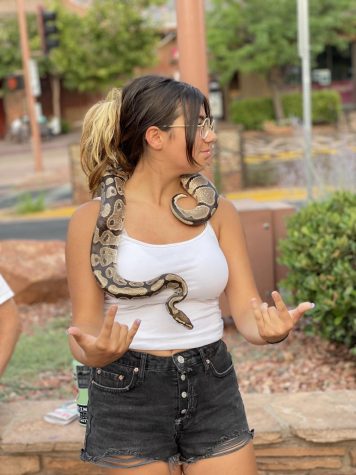
Madeleine Nseir is a senior in her second year with The Precedent. She is co-president of on-campus club, Operation Smile, and in the Puma Regiment. Other...
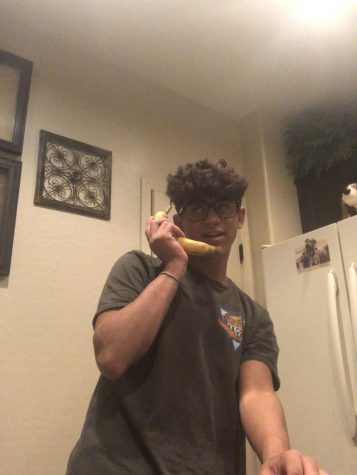
Derek Fernandez is a senior, and this is his second year in newspaper. He is the A&E Editor and covers Moveo Dance Team and theatre. Derek loves spending...

